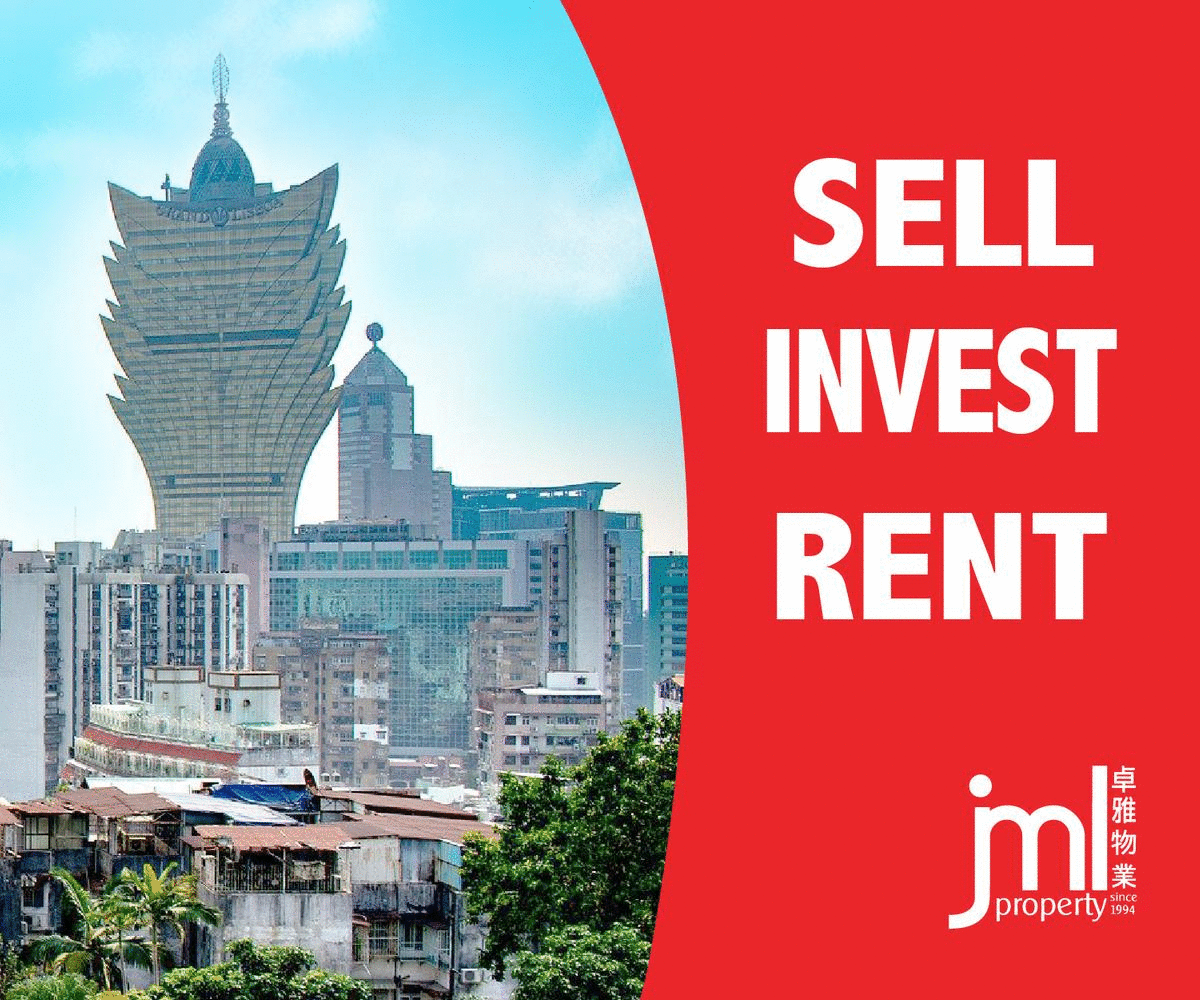
An occupant sits inside a subdivided residential unit, known as a “coffin home”, located inside a building in Hong Kong
The number of people living in poverty in Hong Kong hasn’t declined even with an increase in government assistance, the latest reminder of persistent income inequality in one of the world’s most expensive cities.
The number of people below the official poverty line – an individual earning less than HKD4,000 (USD511) a month, or a family of four with a monthly household income of under HKD19,900 – increased to around 1.4 million at the end of 2017. Even including government support and social welfare, there were still more than 1 million people in poverty, or 14.7 percent of the population.
It’s a familiar story for the city of 7.4 million, where the world’s densest skyscrapers tower over cage homes and a rapidly aging population.
The stubborn persistence is in spite of a continued increase in government expenditure on social welfare, which in 2018 is nearly twice the 2009 level, making it the second-largest area of spending, behind education, according to Chief Secretary Matthew Cheung Kin-chung.
Once you remove recurring government cash handouts, the poverty rate actually increased to 20.1 percent, the data show. The government blames changing household sizes and the methodology use to calculate this headline number for the worsening statistics. The data only includes income, not assets, and doesn’t take into account subsidies for after-school care and elderly care, public housing support and other payments.
“I don’t think our policy has failed at all,” Cheung said at a press conference Monday, noting that the poverty rate for the elderly has fallen back to the 2003 level. “But we’ve got to follow the international norm, that’s why all these are not reflected in the figures at all.”
The outlook is darkening for the Hong Kong economy as it faces rising external risks. Growth is forecast to slow to 3.2 percent in 2018 after expanding 3.8 percent last year, amid uncertainties from the U.S.-China trade war and a slowing mainland economy.
The child poverty rate continued to rise, climbing 0.3 percentage points from the previous year to 23.1 percent. That was because more children fell under the poverty threshold of larger households as more families stay with their elderly parents, Secretary for Labor and Welfare Law Chi-kwong said at the same briefing.
The impact of the increased minimum wage, which took effect May 2017, would be better reflected in 2018 data, Cheung added, adding poverty statistics will face “greater upward pressure” due to continued adjustment of poverty line thresholds with wage increases.
“It is an indisputable fact that Hong Kong is facing the issue of wealth disparity,” Chief Executive Carrie Lam said in her policy address earlier this year, where she pledged to increase supply of public housing and land, as well as improve allowances for low-income working families. “The government has due responsibility to implement appropriate labour and welfare policies.” Natalie Lung, Bloomberg













No Comments